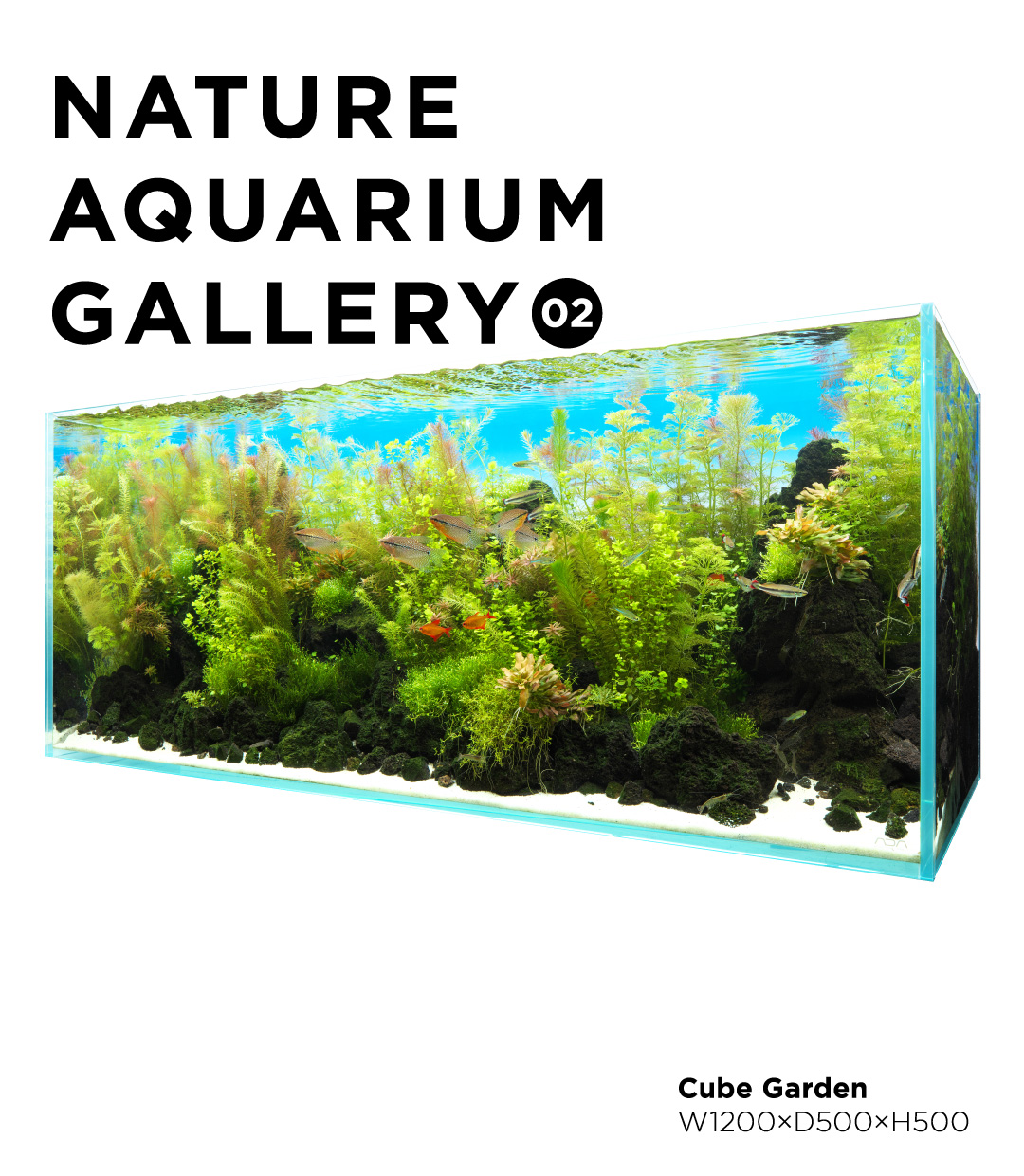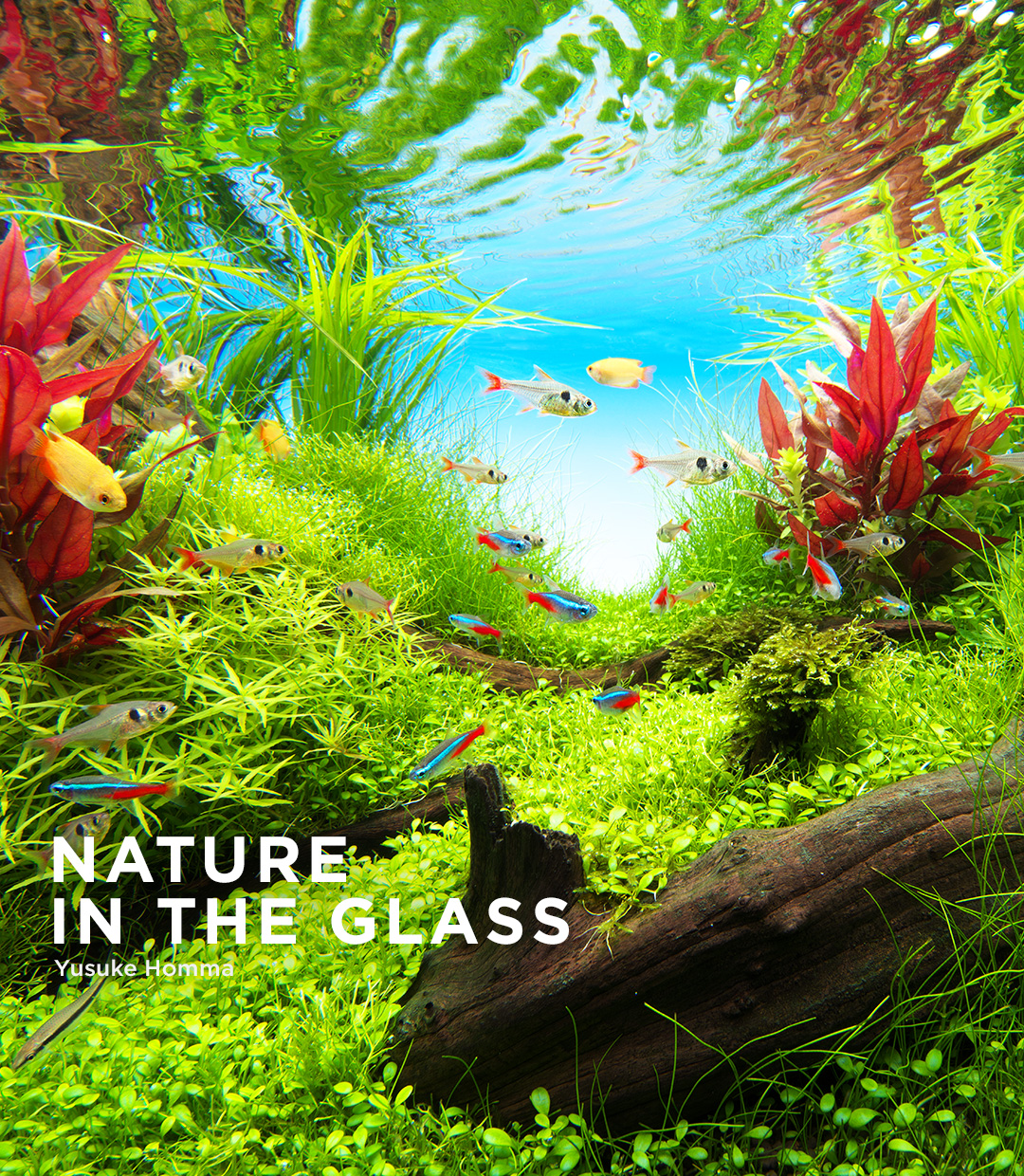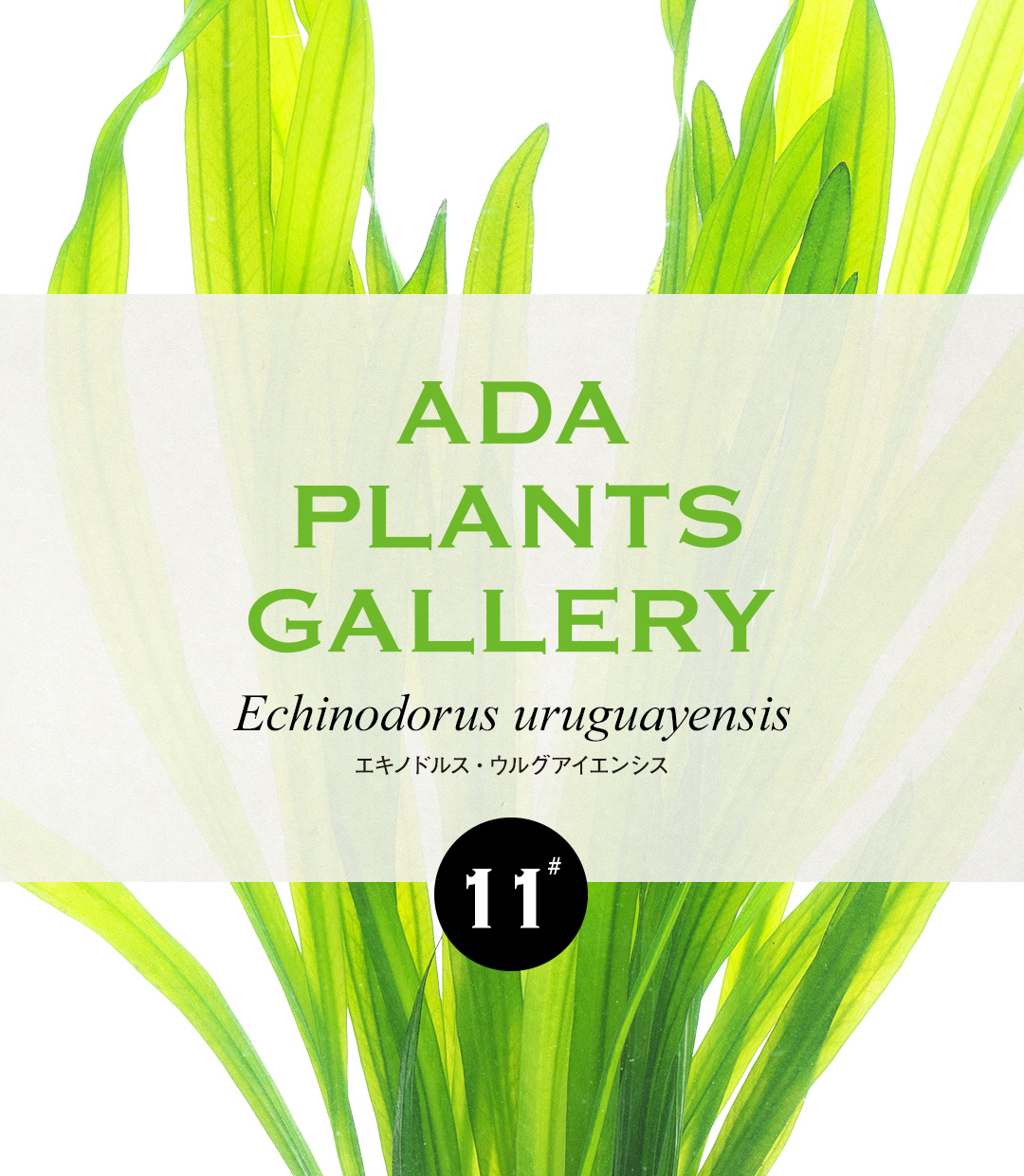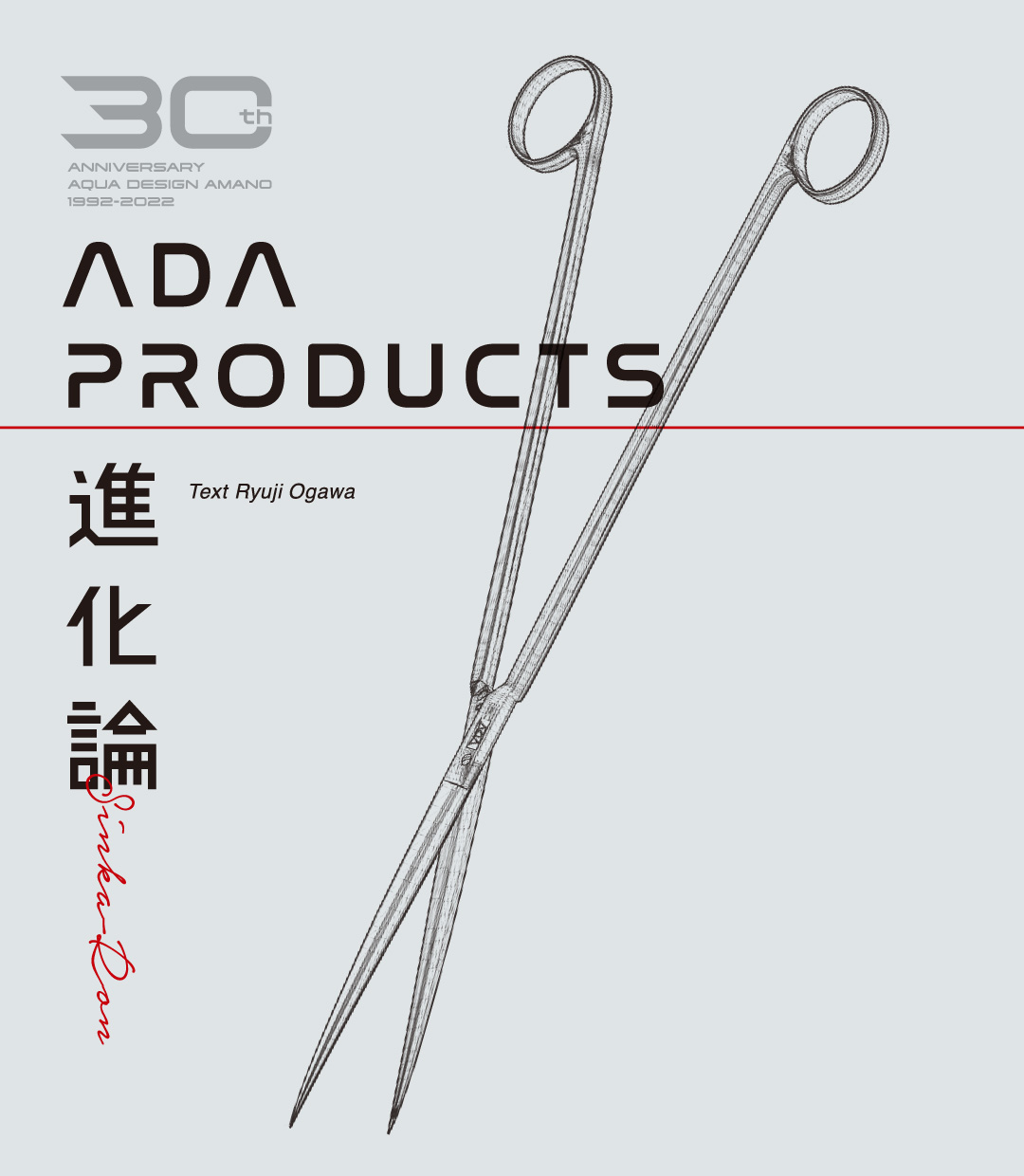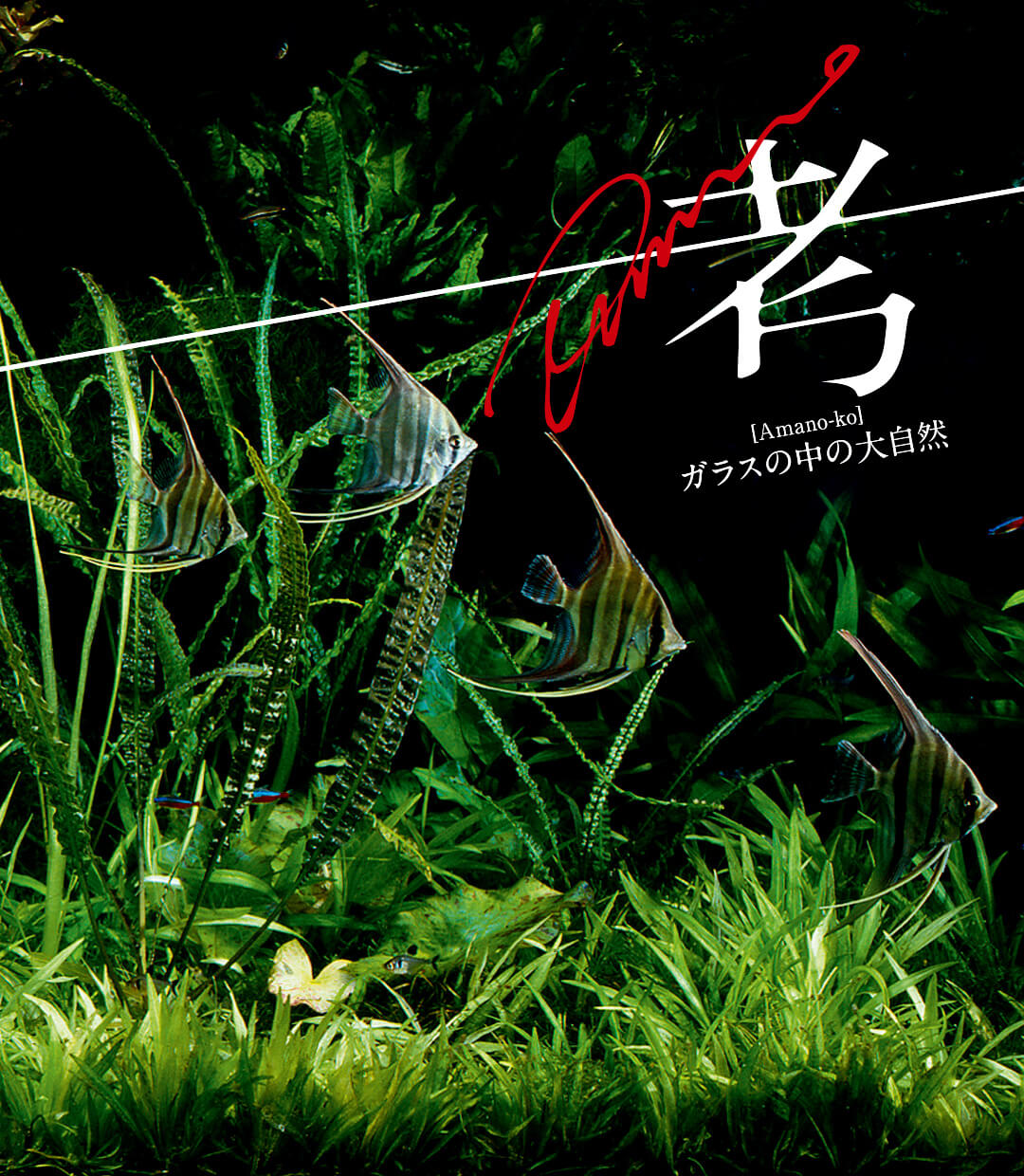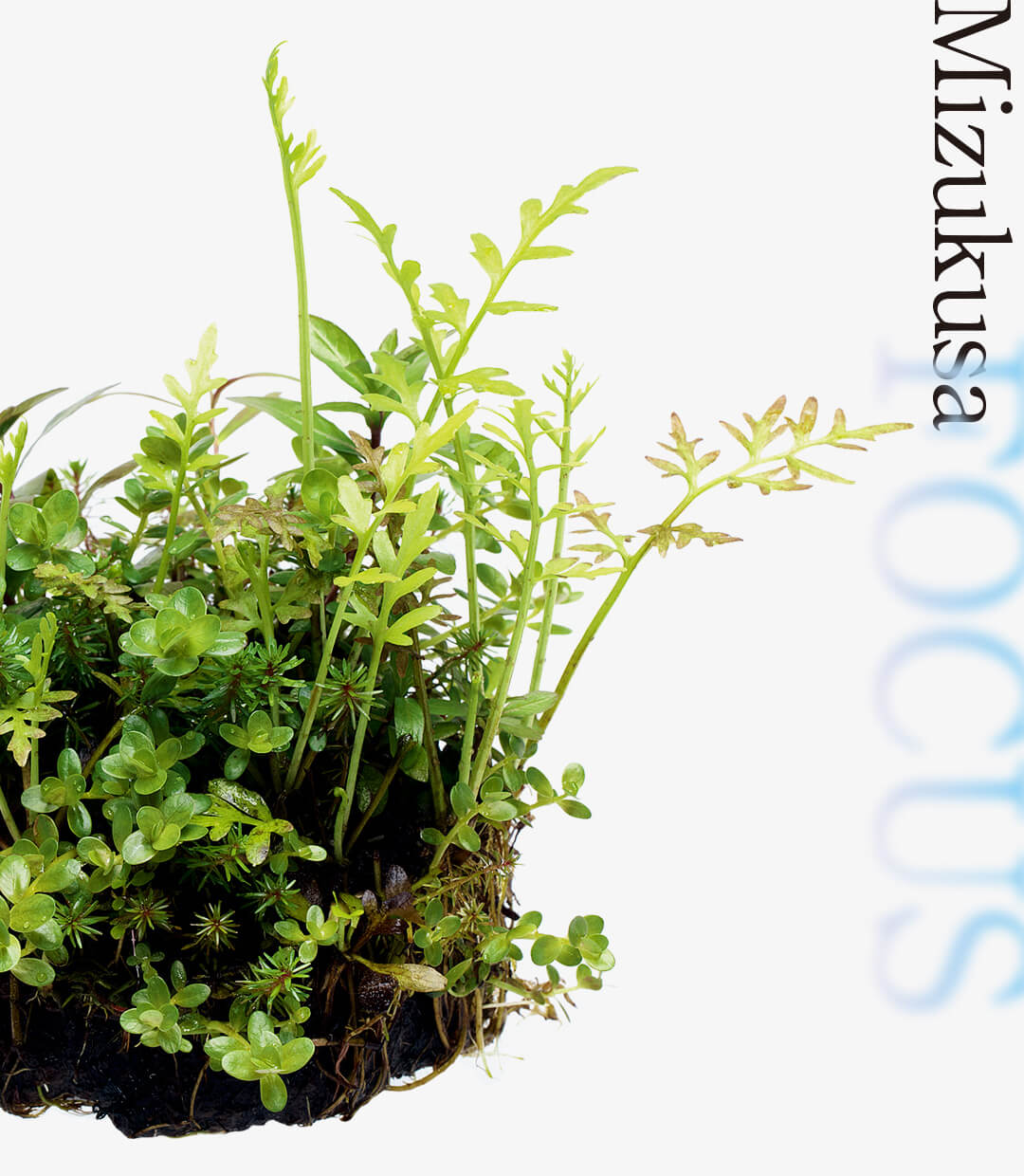ADA PLANTS GALLERY #11 Echinodorus uruguayensis
ADA’s Research and Development Department, called the Green Lab, develops a wide variety of greenery products. In this article, we would like to share with you some interesting bits of trivia about the plants produced in the lab, and a part of their true nature we see from time to time.
It’s not Echinodorus anymore.
In recent years, the classification of Alismataceae has been revised, and many species have been changed from Echinodorus to Helanthium or Aquarius. I will not explain all the details here, but Echinodorus uruguayensis, the main species in this article, is now Aquarius uruguayensis, and is grouped together with E. horemanii, E. aschersonianus, E. ‘Osiris’, and others as the same species, but I will use the familiar name for myself here.
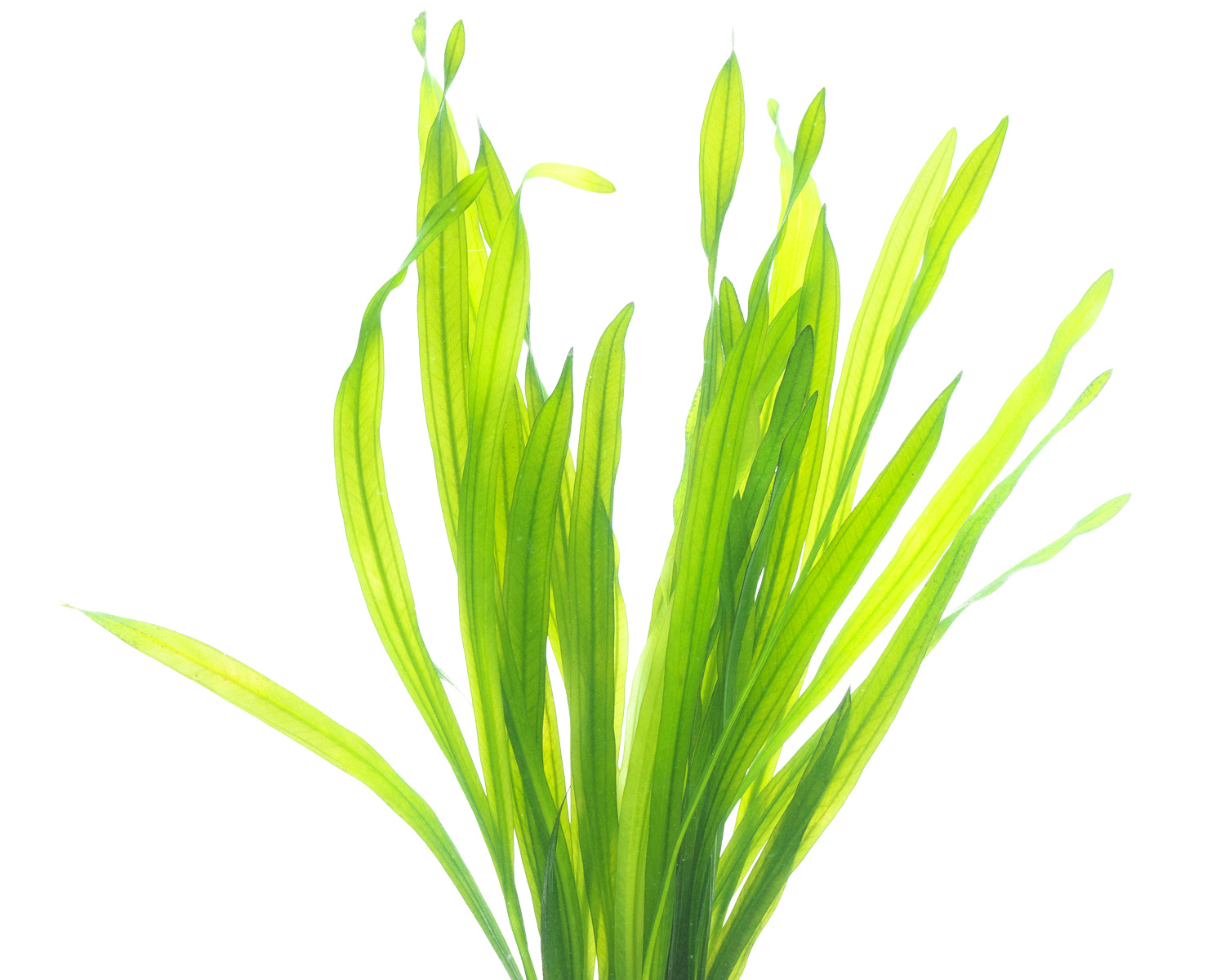
Longing for the waters of South America
Echinodorus species have always had a large presence, so they will fit easily into the overall layout if you are conscious of their life-size scale by combining them with thicker driftwood or mixing them with various species of Echinodorus. The fuller plants are well suited to tall Cichlidae, such as Symphysodon spp. (Discus) and Pterophyllum scalare (Angelfish), and the sight of them swimming among the foliage will bring you back to the waters of South America and there’s something classic about it.
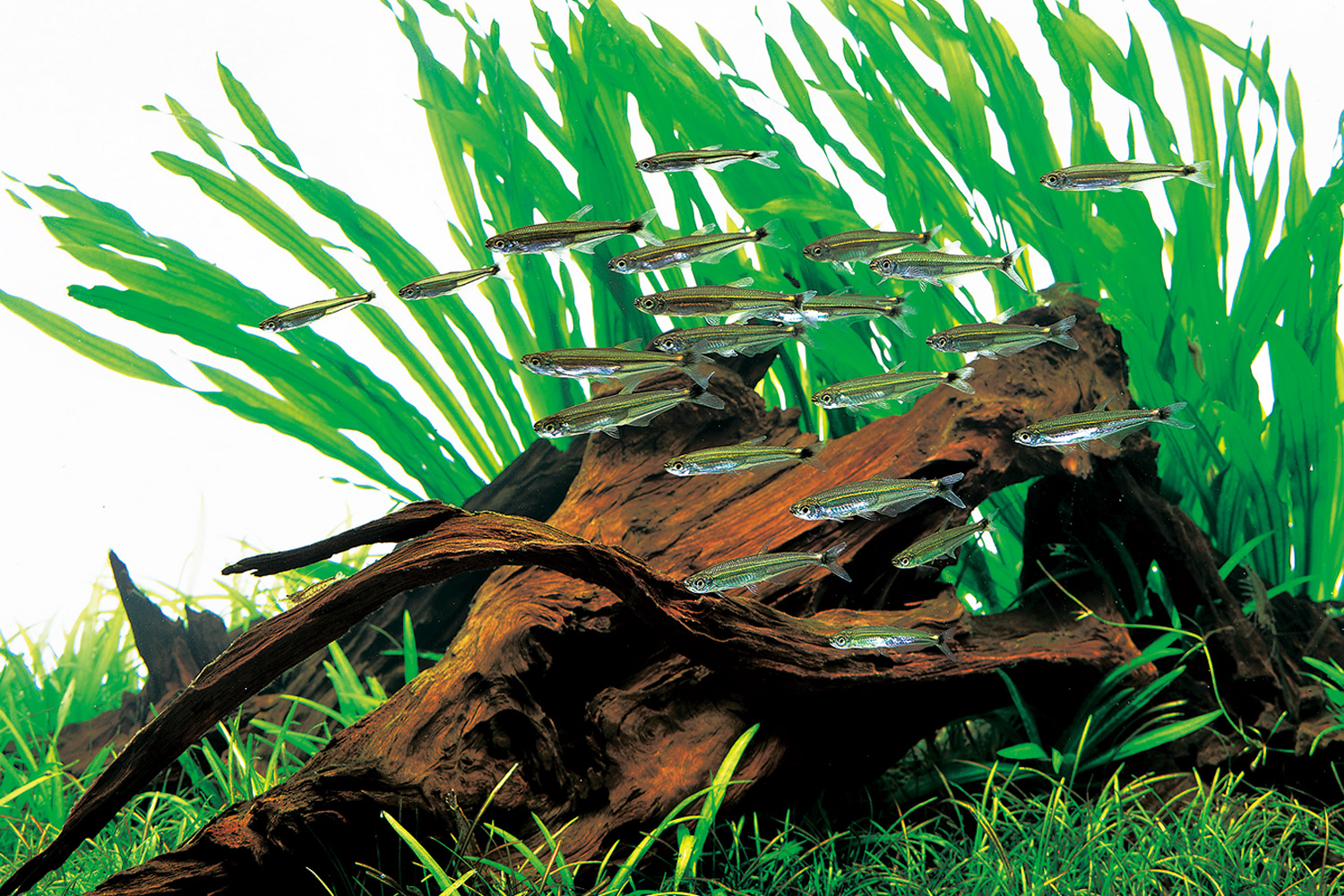
E. africanus (1)
Echinodorus uruguayensis is found in the La Plata River basin of South America. It prefers clear water and seems to root and flutter in sand and gravel or sandy mud on the bottom. Among the synonyms of E. uruguayensis is Echinodorus africanus. This species does not exist in the place considered to be the production area, and it is a species that has caused confusion along with its name. It is highly possible that it was mixed up with another aquatic plant of the same family, Alismataceae. Currently, there is no natural distribution of Echinodorus in Africa, and it is said to be a mutation or hybrid of the original species.
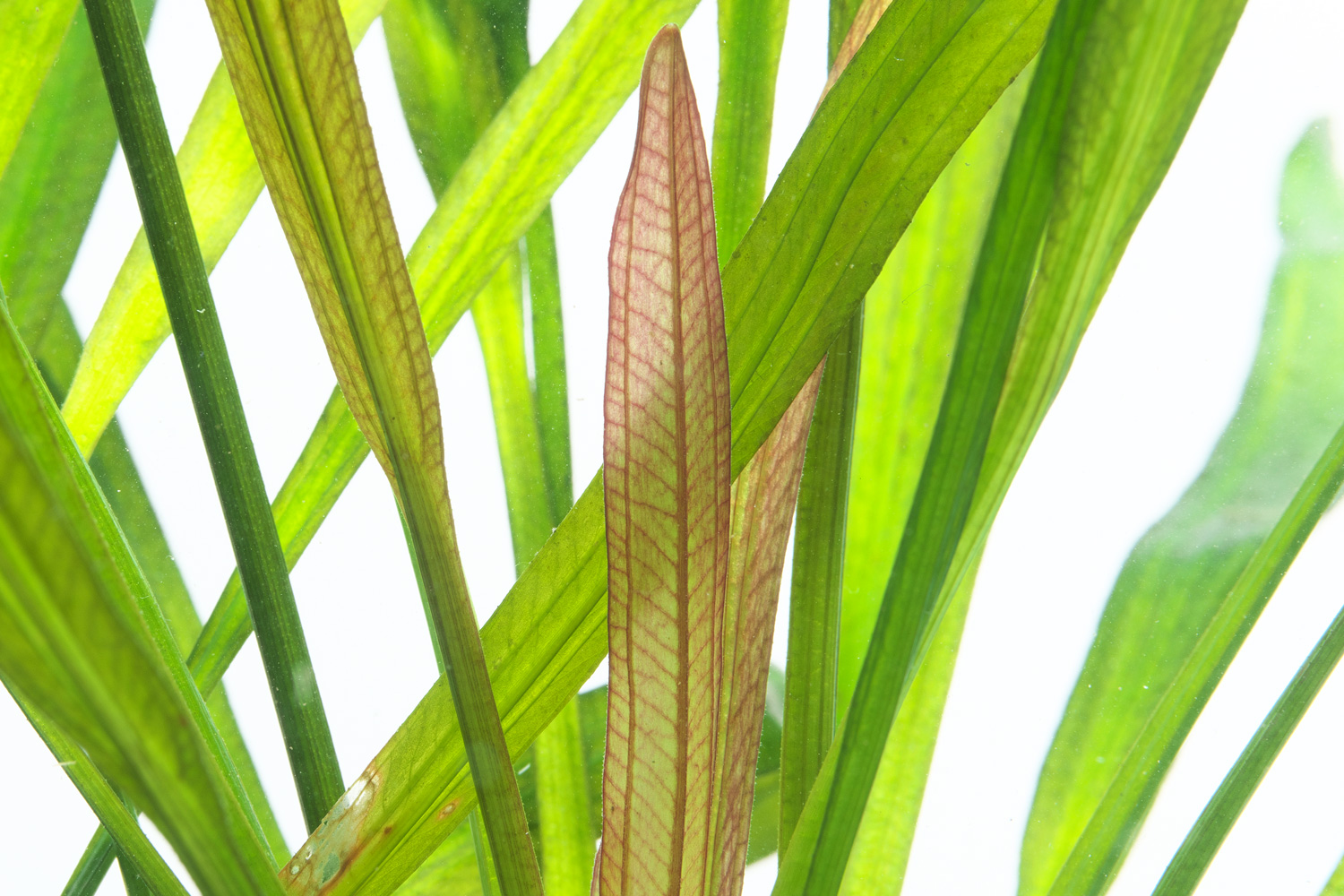
E. africanus(2)
The leaves of Echinodorus africanus are long and narrow like those of common E. uruguayensis, and the new leaves have a gentle warm color and are soft in appearance. If you look closely, the leaves have a wild aspect, as they are slightly hard and serrated. E. africanus, one of the most scandalous(?) of Echinodorus species, has a very attractive appearance in the aquarium without being inferior to other species. It would be interesting to display them in a Neo Glass Air while learning their story. Incidentally, it was also on display at NATURE AQUARIUM EXHIBITION OSAKA 2022.
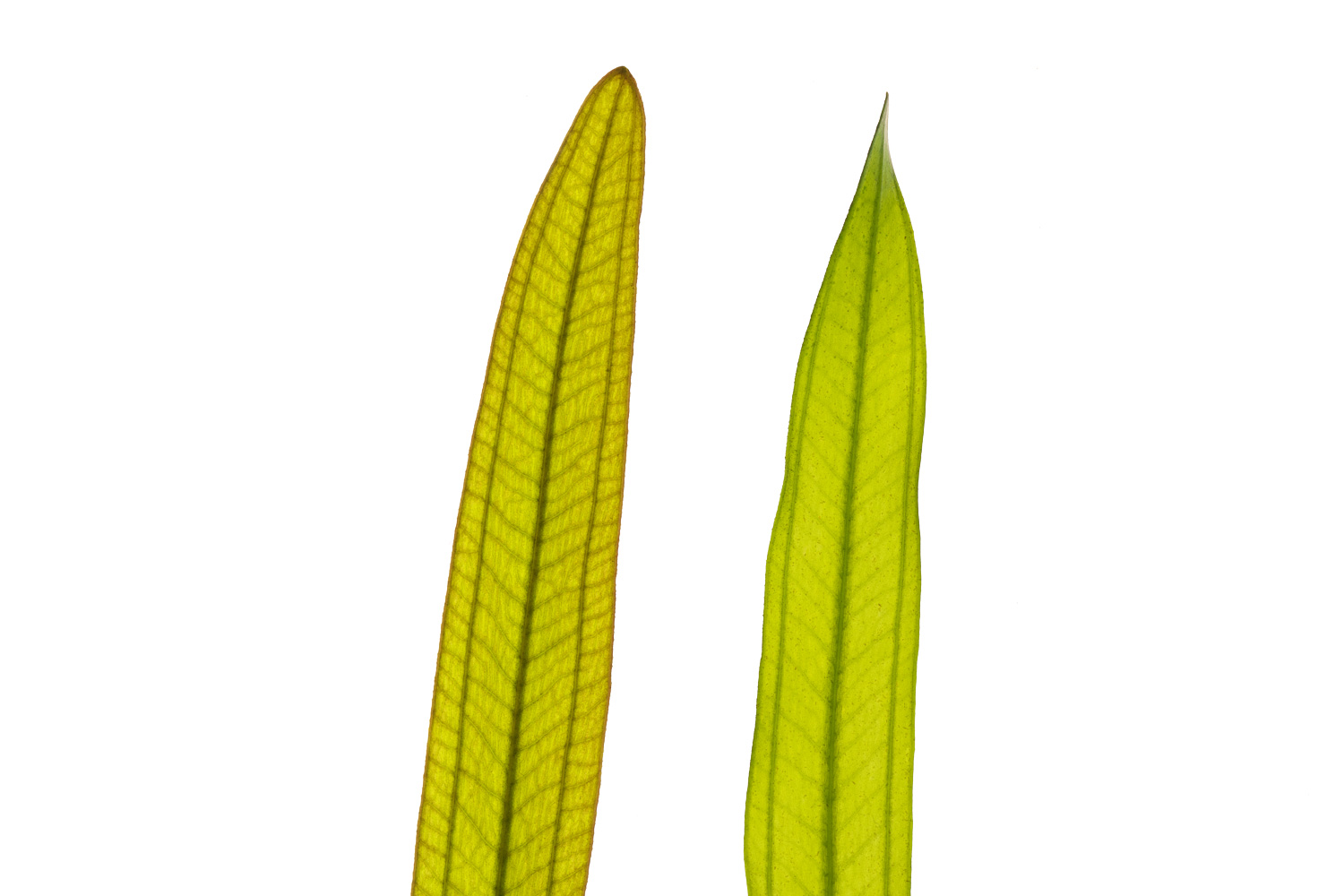

![Green Lab. #02 [ Karst Climber ]](https://www.adana.co.jp/wp-content/uploads/sites/3/2025/07/gl02_img_ogp.jpg)
